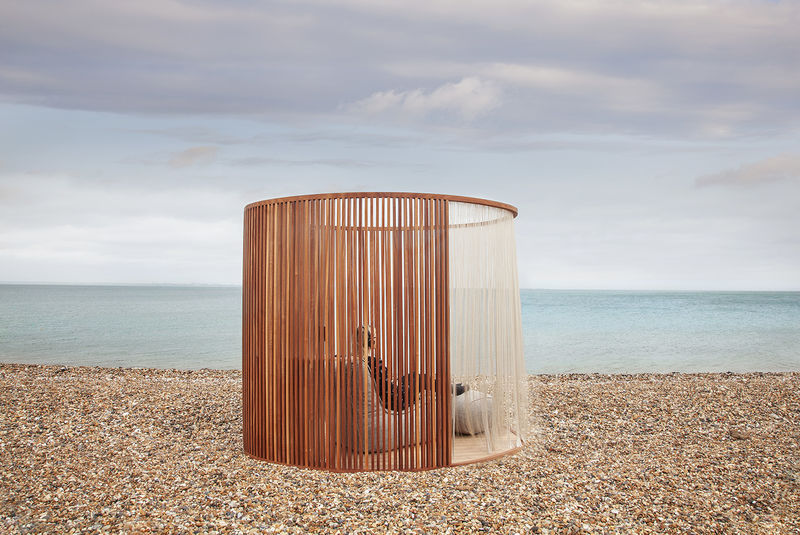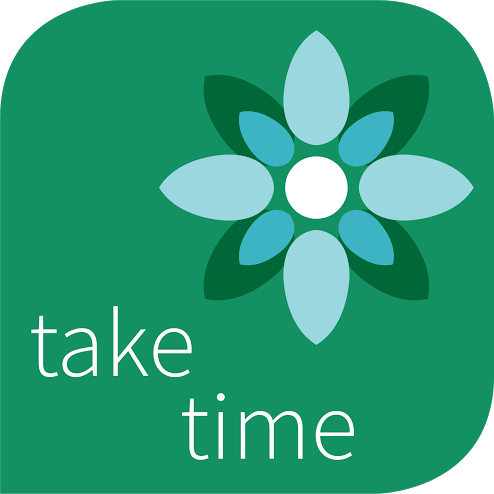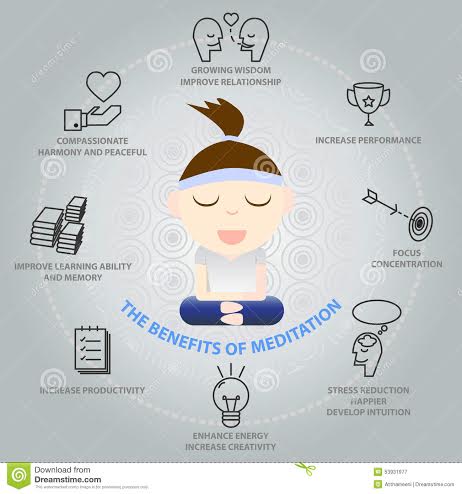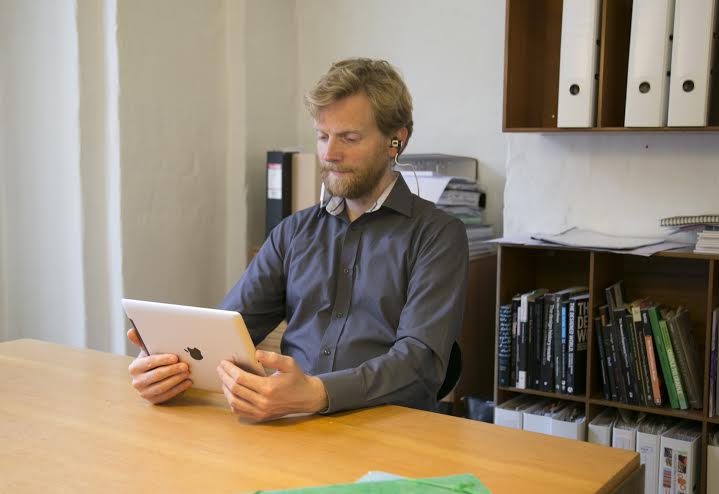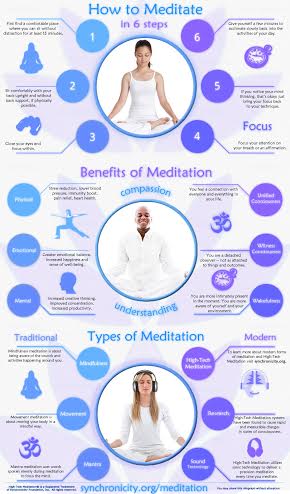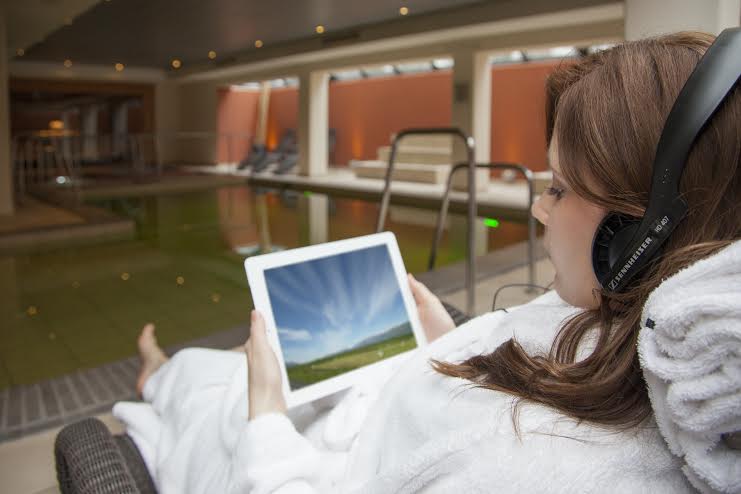Last time we explored how we can use the breath as our anchor. In the same way that we are always with our breath, which is why it is such a powerful anchor, we are also always in your body. Our body is a power anchor into the present moment because, like the breath, it is both a guide & a tool.
We manifest stress with tightness & tension in our body. Being more mindful will help you recognise these physical manifestations & even if you can’t solve the mental anguish if you can ease the physical signs that can help stress to subside.
There are 3 typical areas of our body that generally hold a lot of tension & we are often oblivious to them: the shoulders, the jaw & our brow – I refer to them as the triangle of stress.
When we are triggered our body naturally flex’s in preparation to fight or fly & our body goes into survival mode. This protected us in cavemen days when there were actual life or death dangers.Nowadays, modern days stress: being late for work; being bombarded by emails; arguing with a loved one pose an emotional threat that is as real to our body & mind as a physical threat.
The shoulders are one of the most common areas of tension. It is believed that there is a motor nerve attached to the muscles in our shoulders & the back of the neck that is linked to breathing. Once we get stressed & start to shallow breathe, our shoulders tense up. Just being able to recognise this tension in our body gives us an opportunity to ease this & thereby create some space in our mind. Gently rotating the shoulders forwards or backwards or shrugging them up towards to your ears as you breathe in & as you breathe out shrugging them dramatically away from the ears can shift this tension. And it is surprising how just easing the physical signs of stress can relieve the mental anguish.
Another part of our body that we tend to hold tension in our jaw. When we are stressed we often clench our jaw. When we notice we are doing this we can simply release our jaw. You can also open your mouth & just in front of your ears is an indentation. Press it & hold for 6 seconds & repeat 3 times. Finally you make a scissor shape with your index & middle finger, placing your jawline in the hook of the fingers & sweep firmly from the chin to the hairline 6 times.
Finally that spot between our eyes: the furrowed brow. Pent up emotions & stress can fester between your eyebrows and become visible lines over time. You can ease this tension away by placing your first 3 fingers in the space between your eye brows around the third eye & rotate the fingers first in a circle in one direction 6 times & then the other. Noticing tightness & tension in our body is a sign or a guide, relieving that tightness & tension becomes the tool to relieving the mental anguish.
Another reason we can use our body to anchor us in the moment is that for many, being physically active, they become more mindfully aware of the present moment. Practising yoga is a great way to practice mindful movement & become more in tune with your body.
Practicing a body scan meditation is another way to ground our self in the present moment, as we scan through the body we become mindful of the sensations in our body, any tightness, becoming aware what we may need to do to alleviate this tension & in doing so alleviate any mental distress we may be experiencing.
To try a body scan meditation for yourself, simply email Alex to the email address below quoting Frost body scan. Next time we will be exploring the many benefits from practicing mindfulness & meditation. So by becoming more aware of the signs of tension in our body & we can help alleviate the affects of stress by mitigating the physical manifestations.
Alex is based on the edge of the stunning Cotswolds & has been sharing her love for all things yoga & mindfulness for the last 8 years, not just in the UK but also around the world. Her mission is to help everyone discover a sense of peace & calm within & to encourage them to embrace regular self-care practices.
If you would like more information on how to practice mindfulness, meditation & yoga message her at alex@myananda.co.uk.
For free resources check out her Facebook group: Mindfulness & Yoga for Self-Care, here is the link: https://www.facebook.com/groups/MindfulnessYoga4Relationships
Alternatively please check out her website: www.myananda.co.uk



